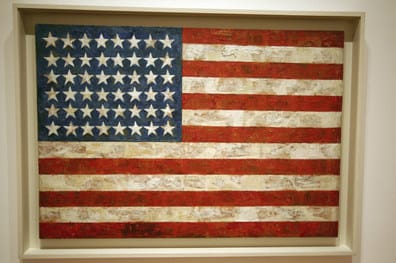In the 1920’s, the phrase "the bee's knees,” meant "the height of excellence." That’s how I feel about encaustic art. I love that encaustic painting is an organic art form, and beauty can be created with natural substances. Encaustic medium is made by blending bees wax and Damar resin, two substances found in nature. Damar resin is crystallized sap of a family of trees in the east Indies. The resin is harvested without harming the trees by slashing their trunks and collecting the sticky sap that oozes out, similar to gathering sap for maple syrup. The result is an ancient medium used for fine art.
No other art form provides this kind of translucency, almost a mysterious quality — a sense of physical depth and distance in time — to the final product.
No other art form provides this kind of translucency, almost a mysterious quality — a sense of physical depth and distance in time — to the final product.

 RSS Feed
RSS Feed